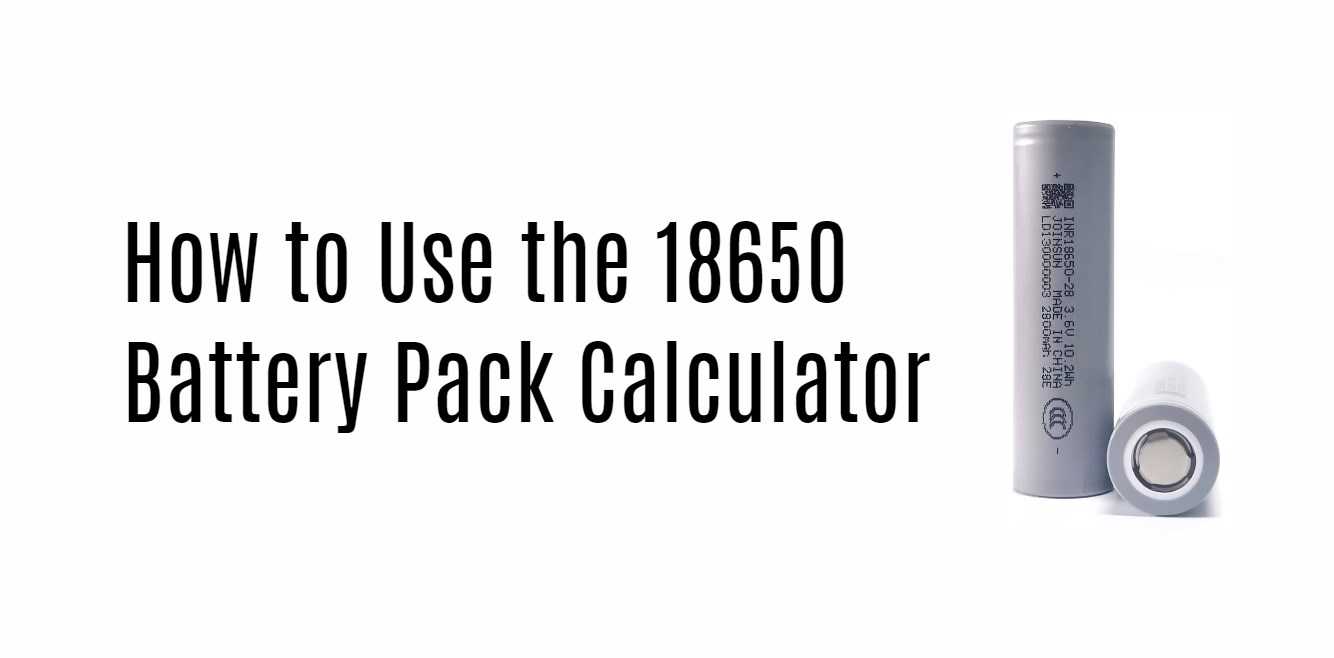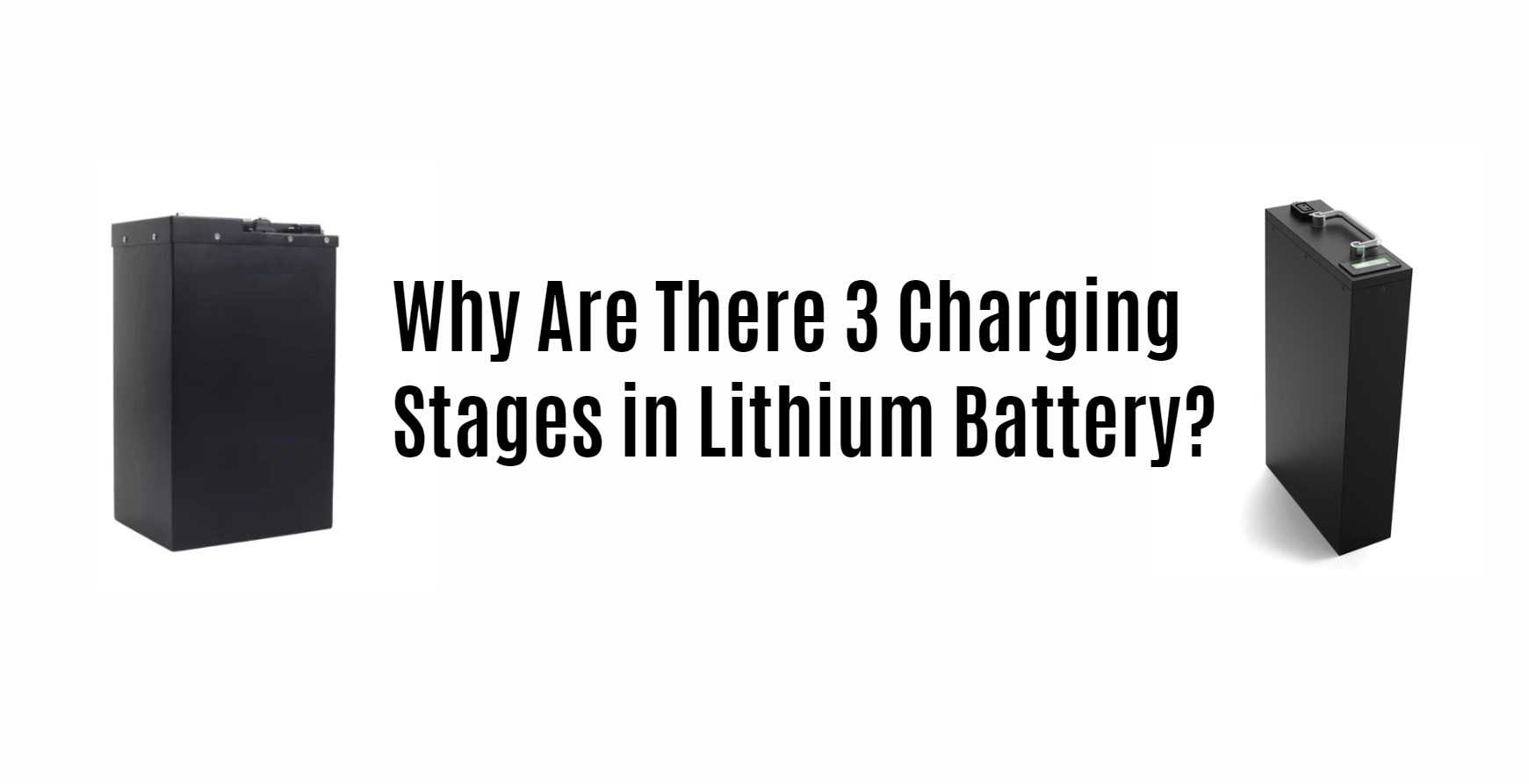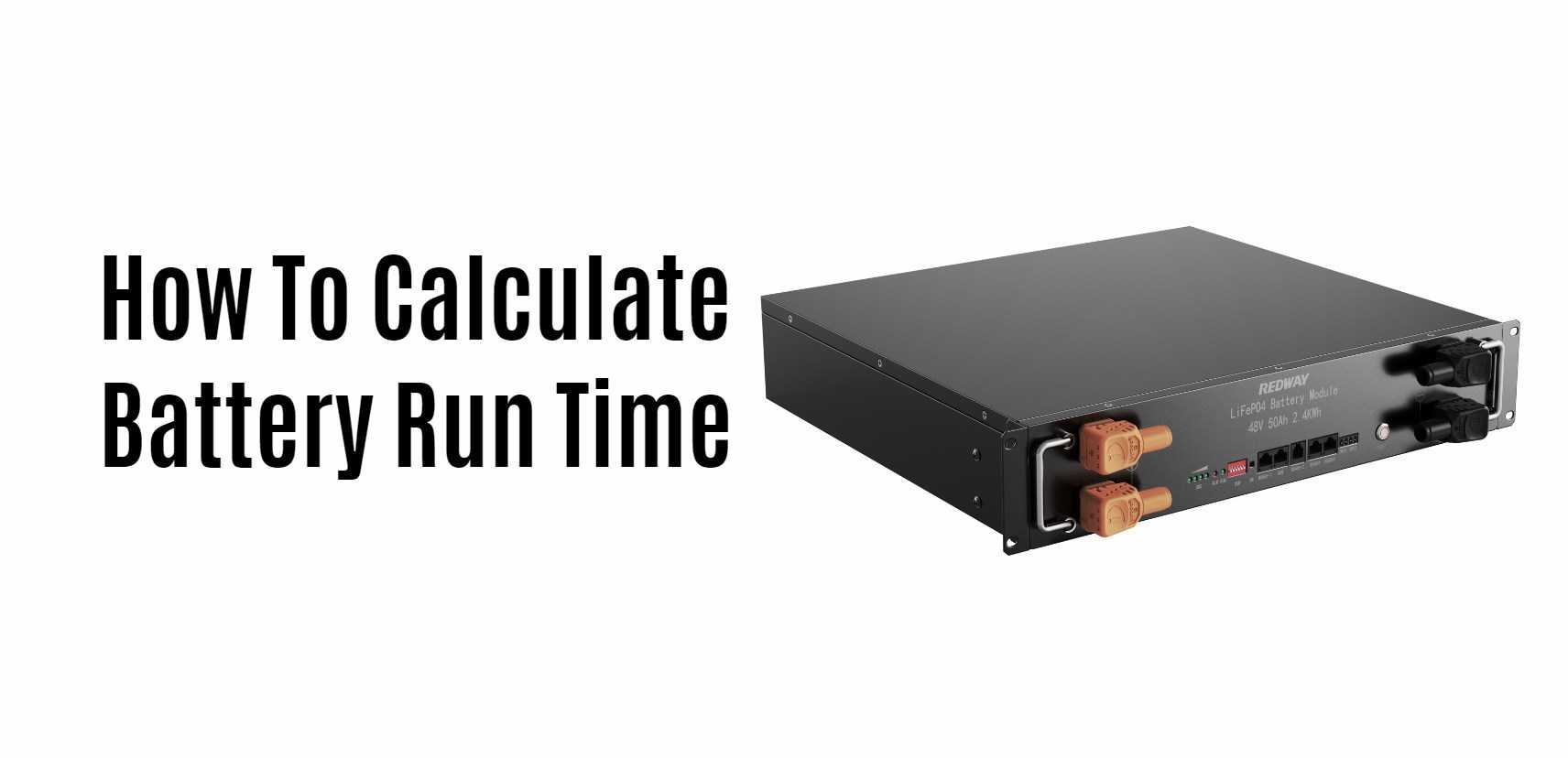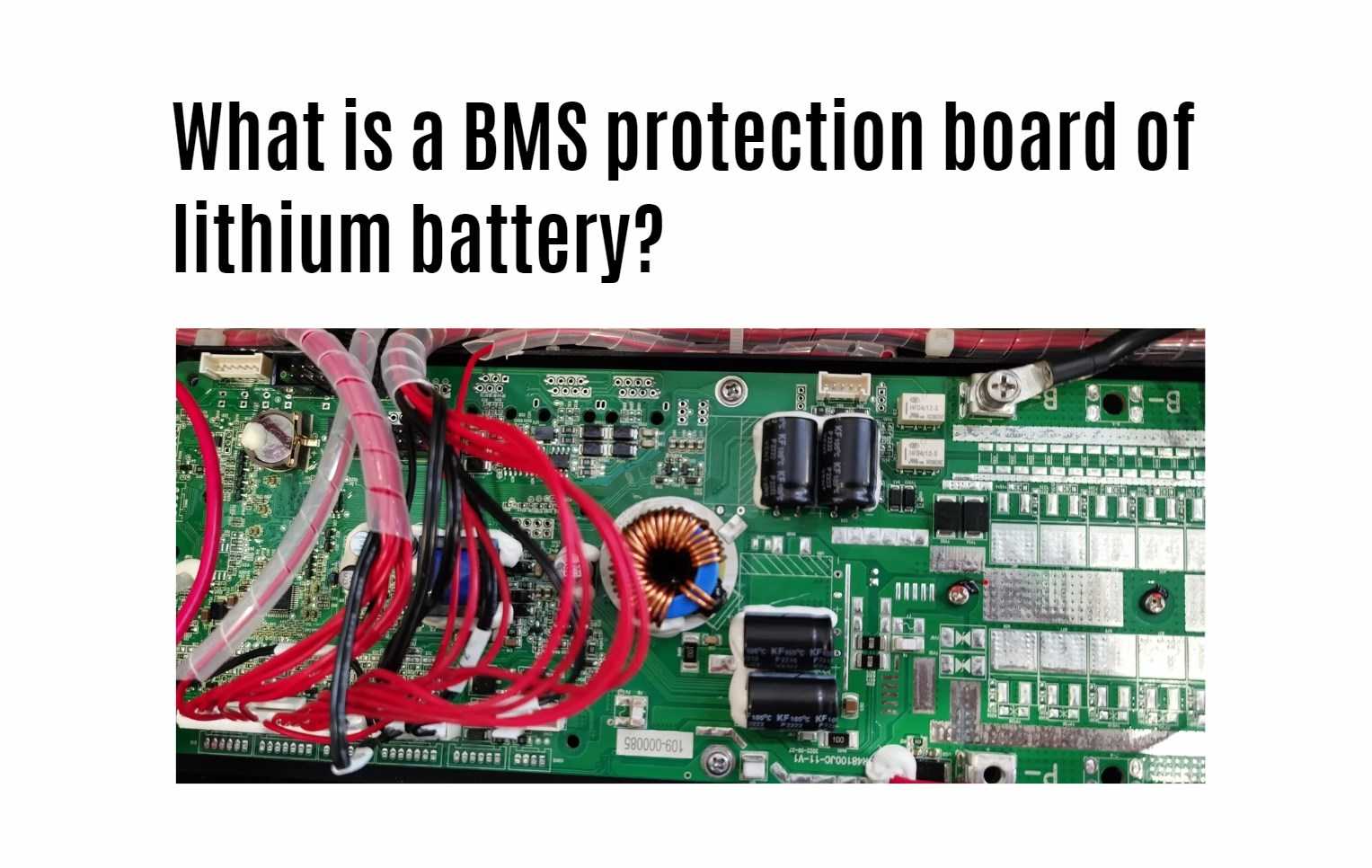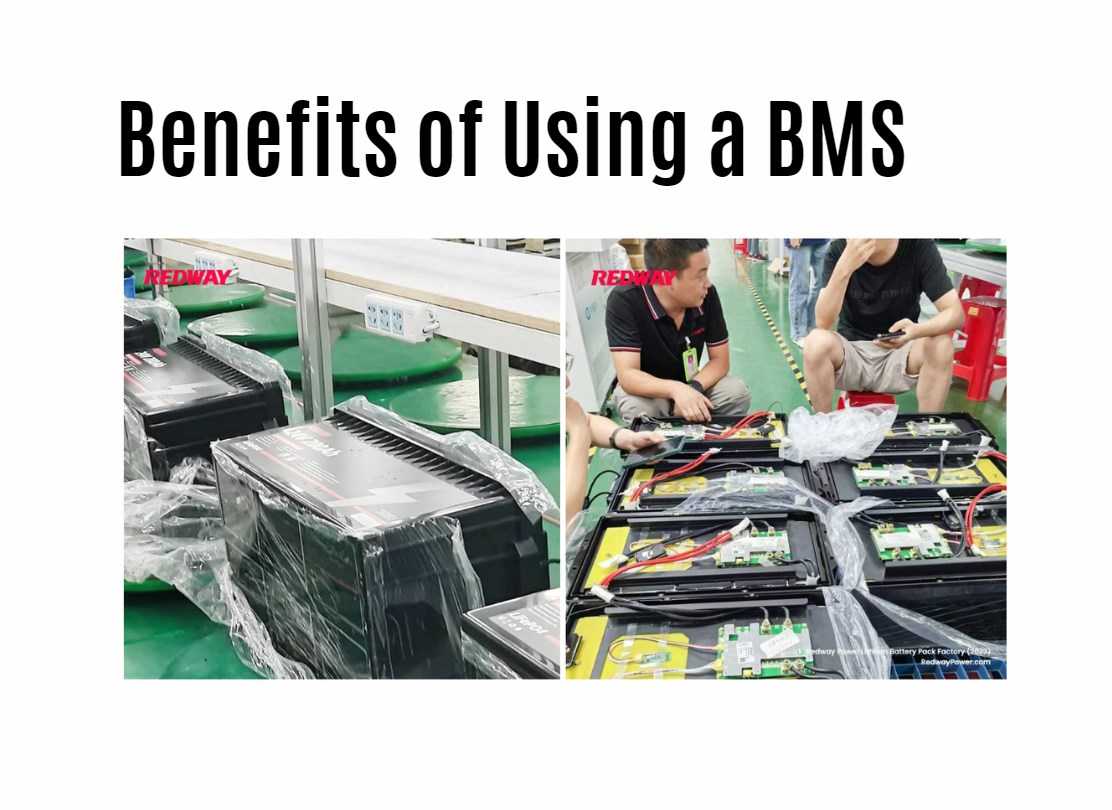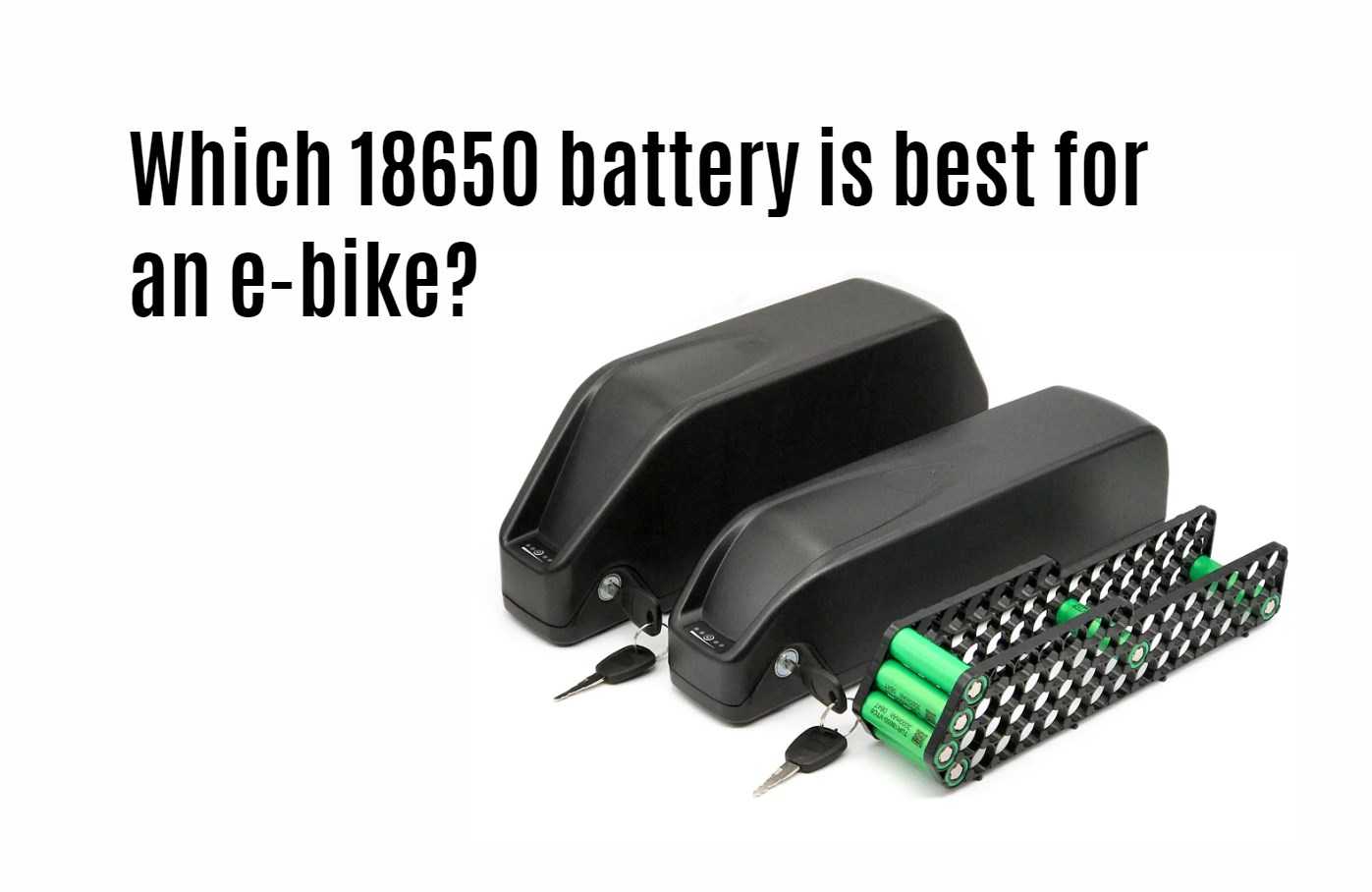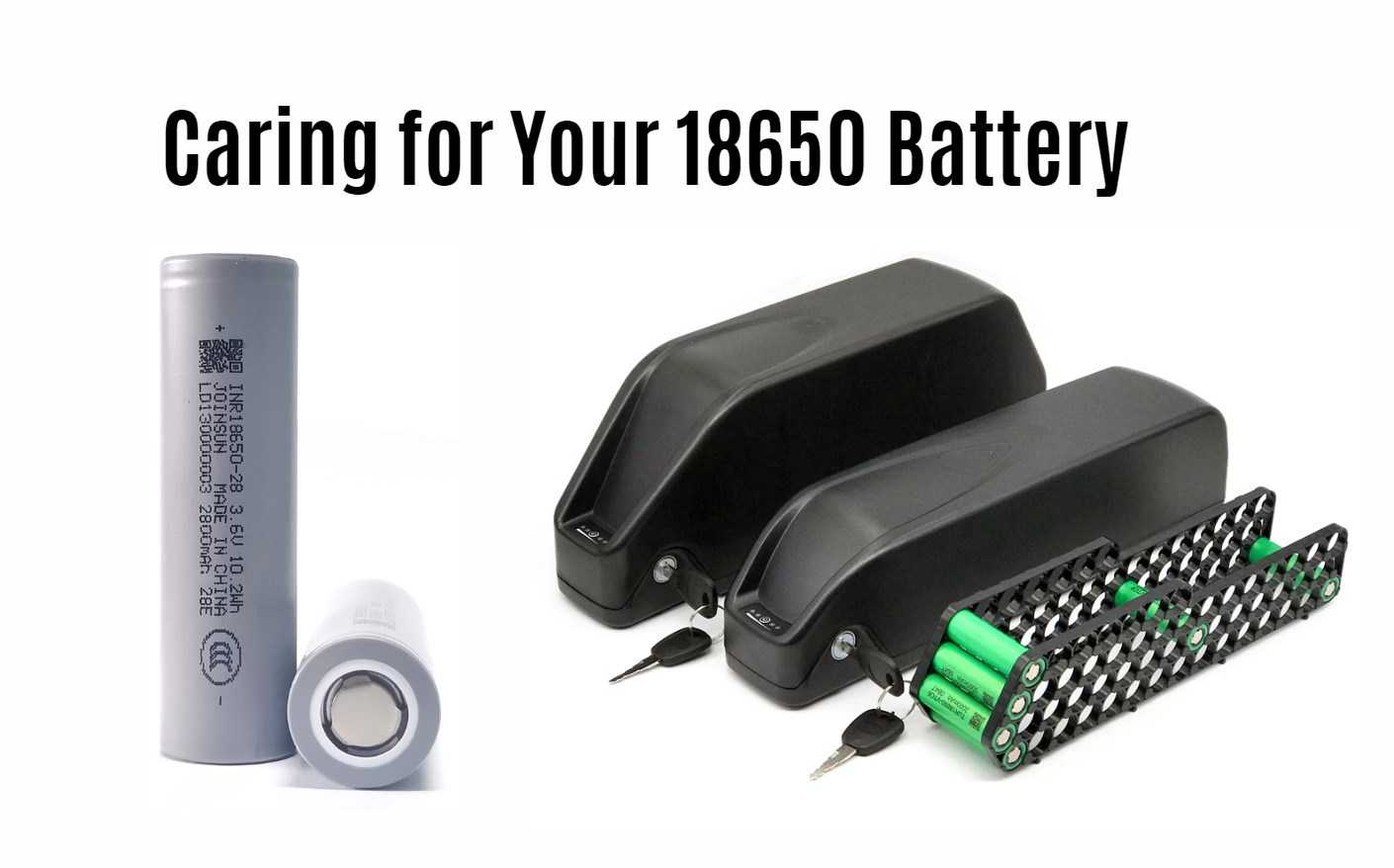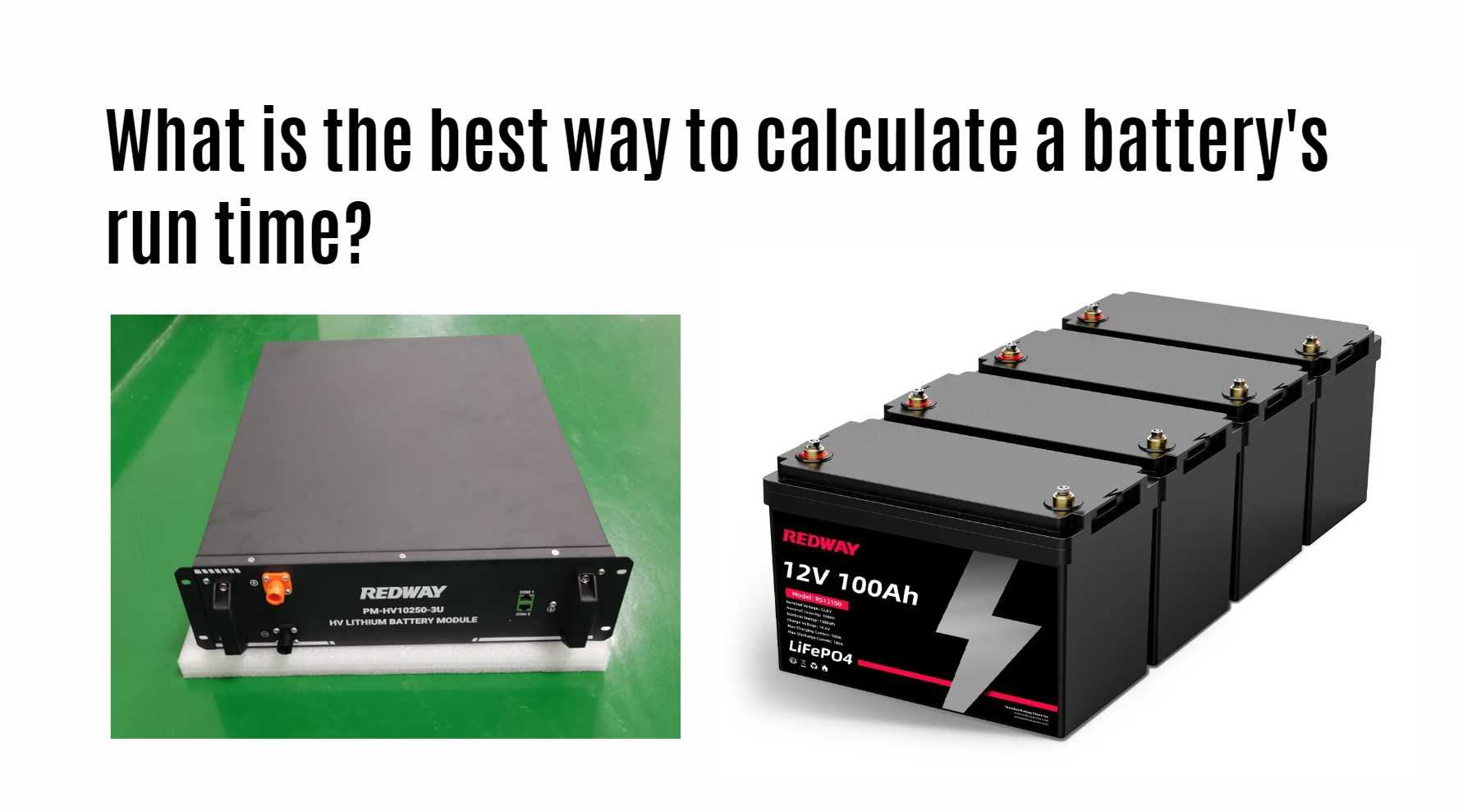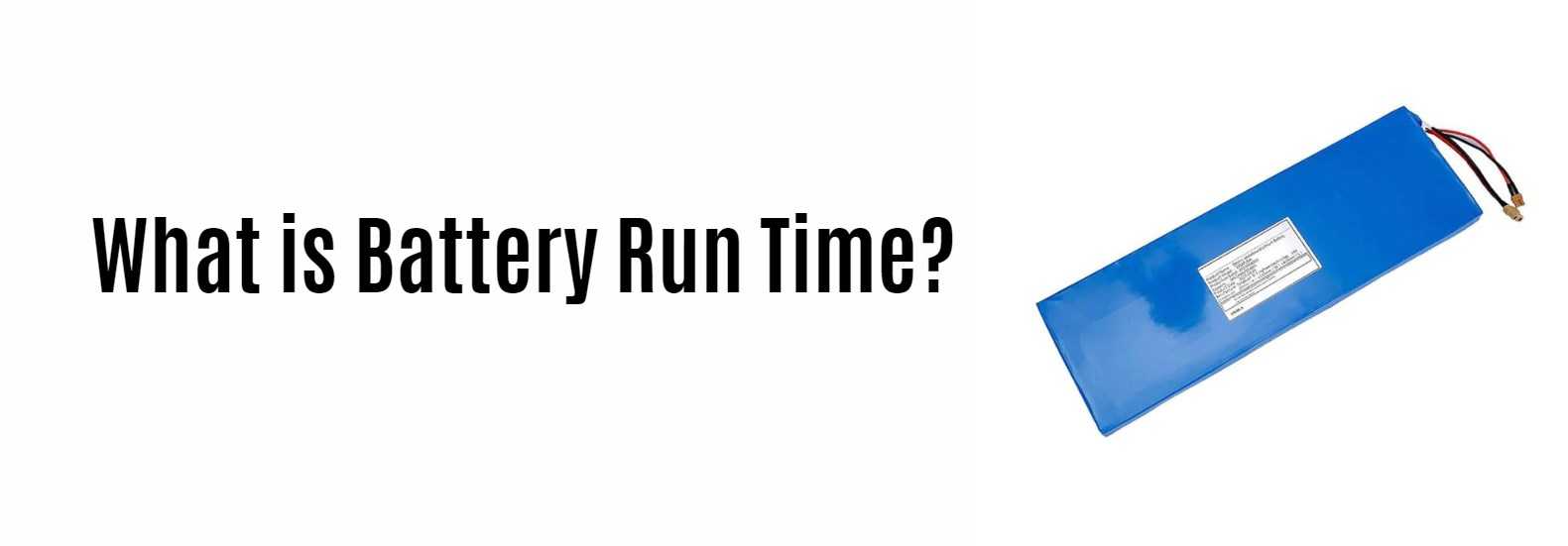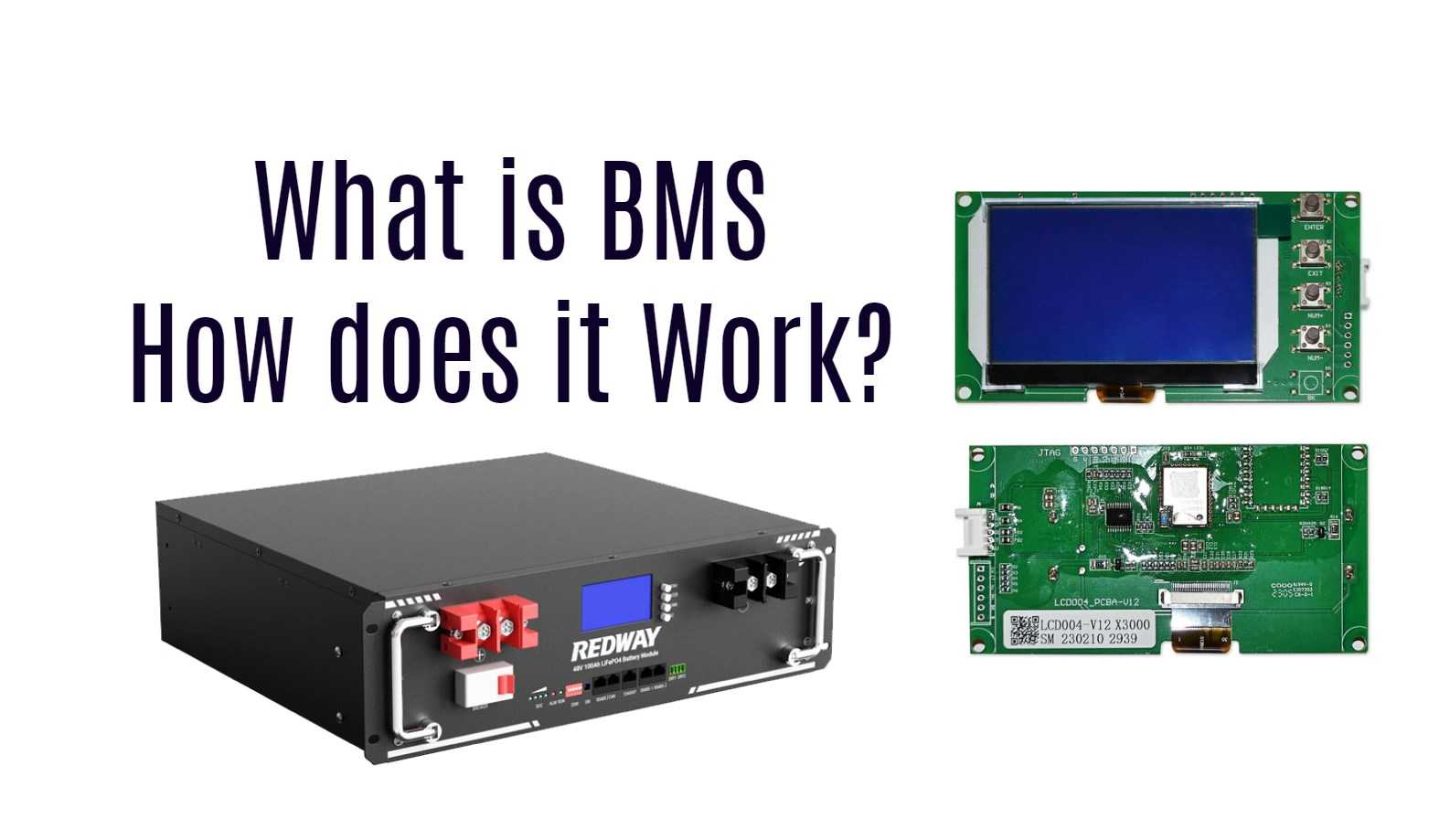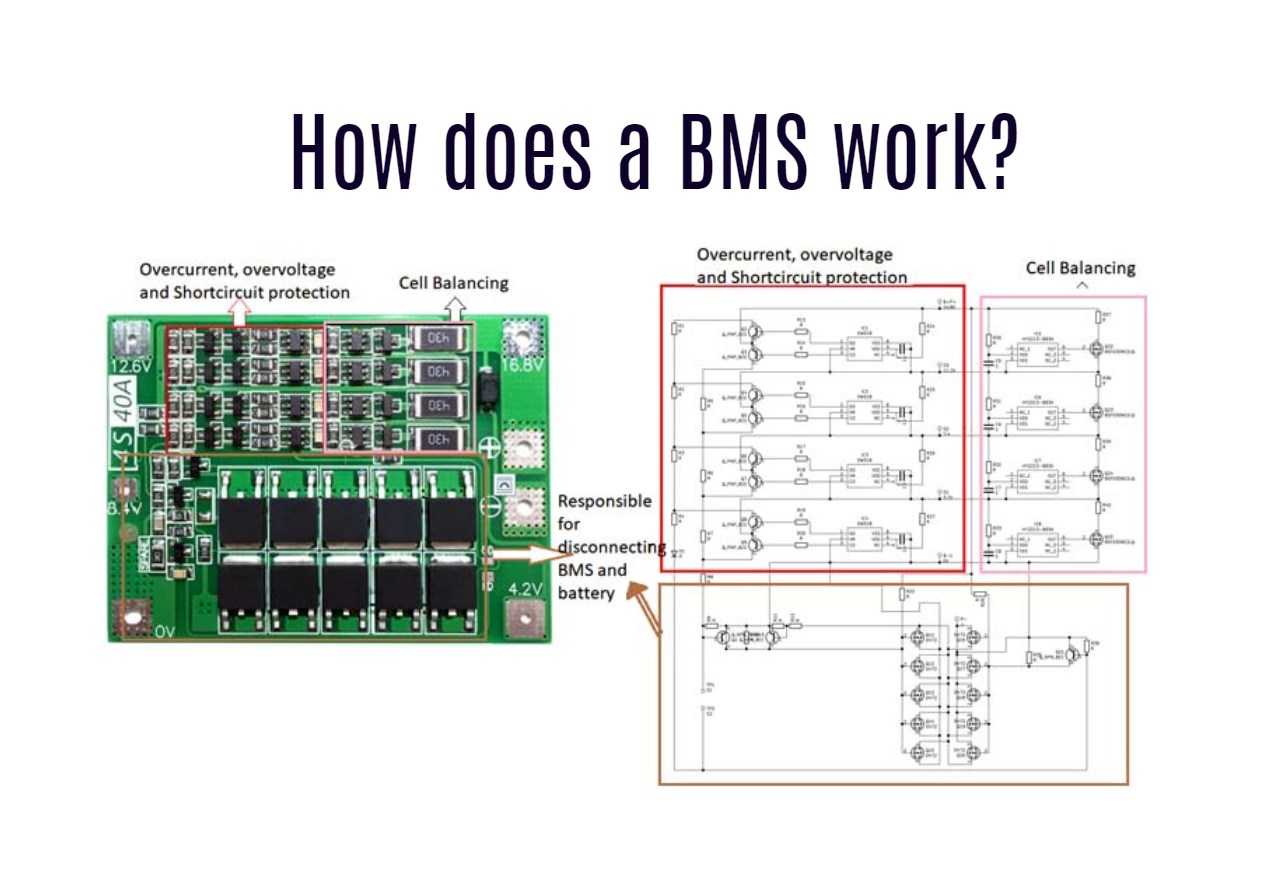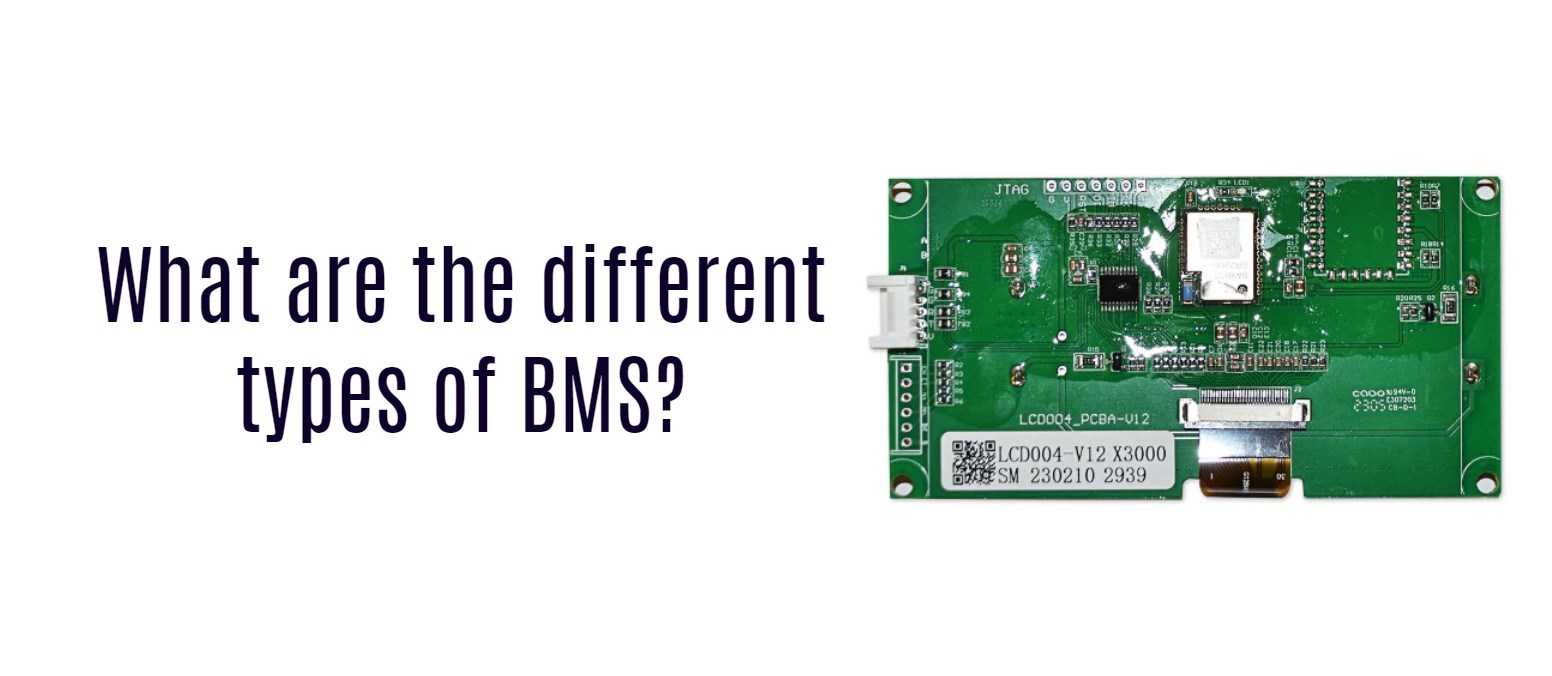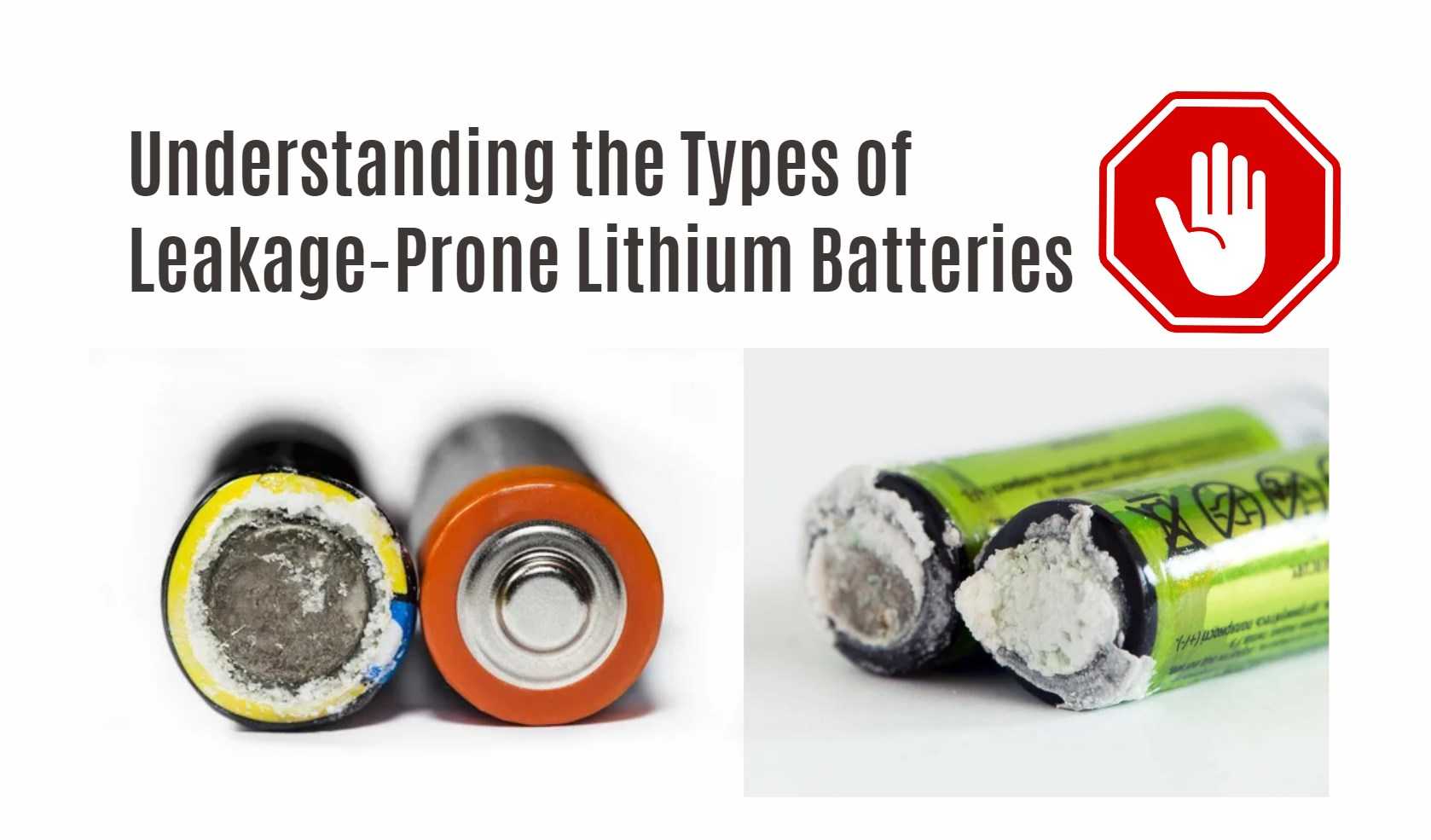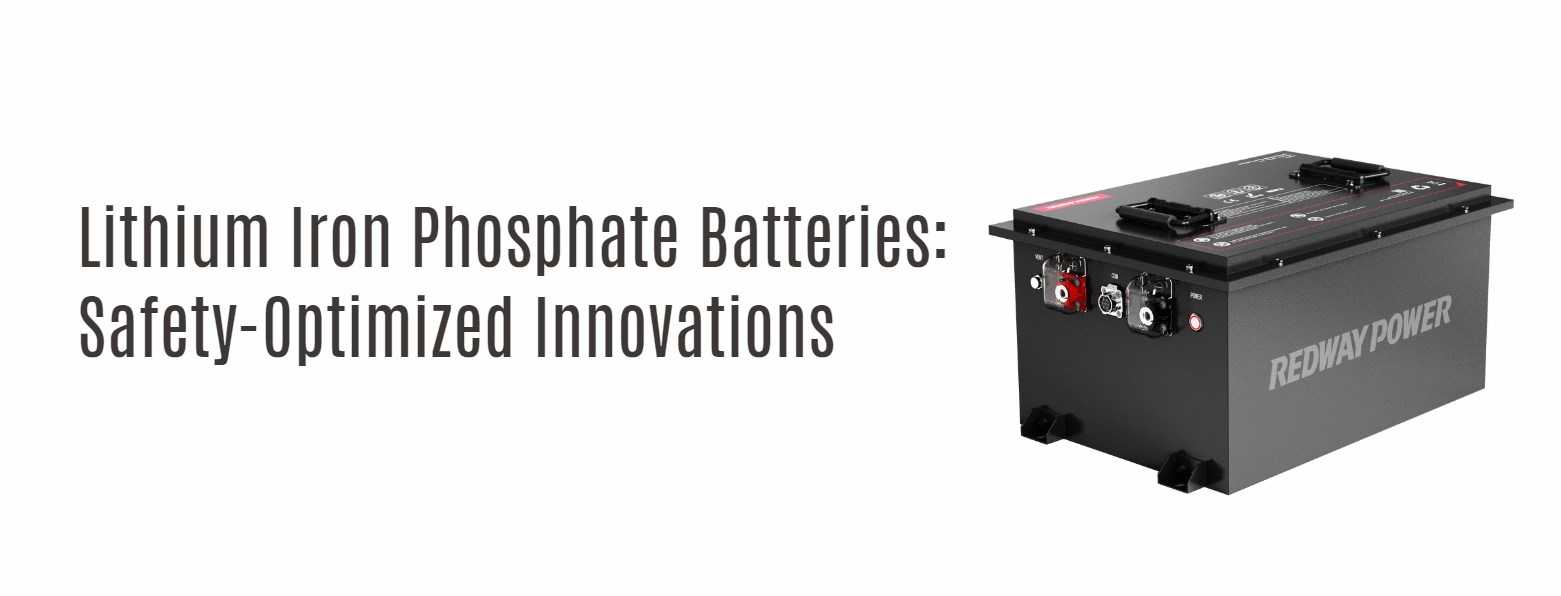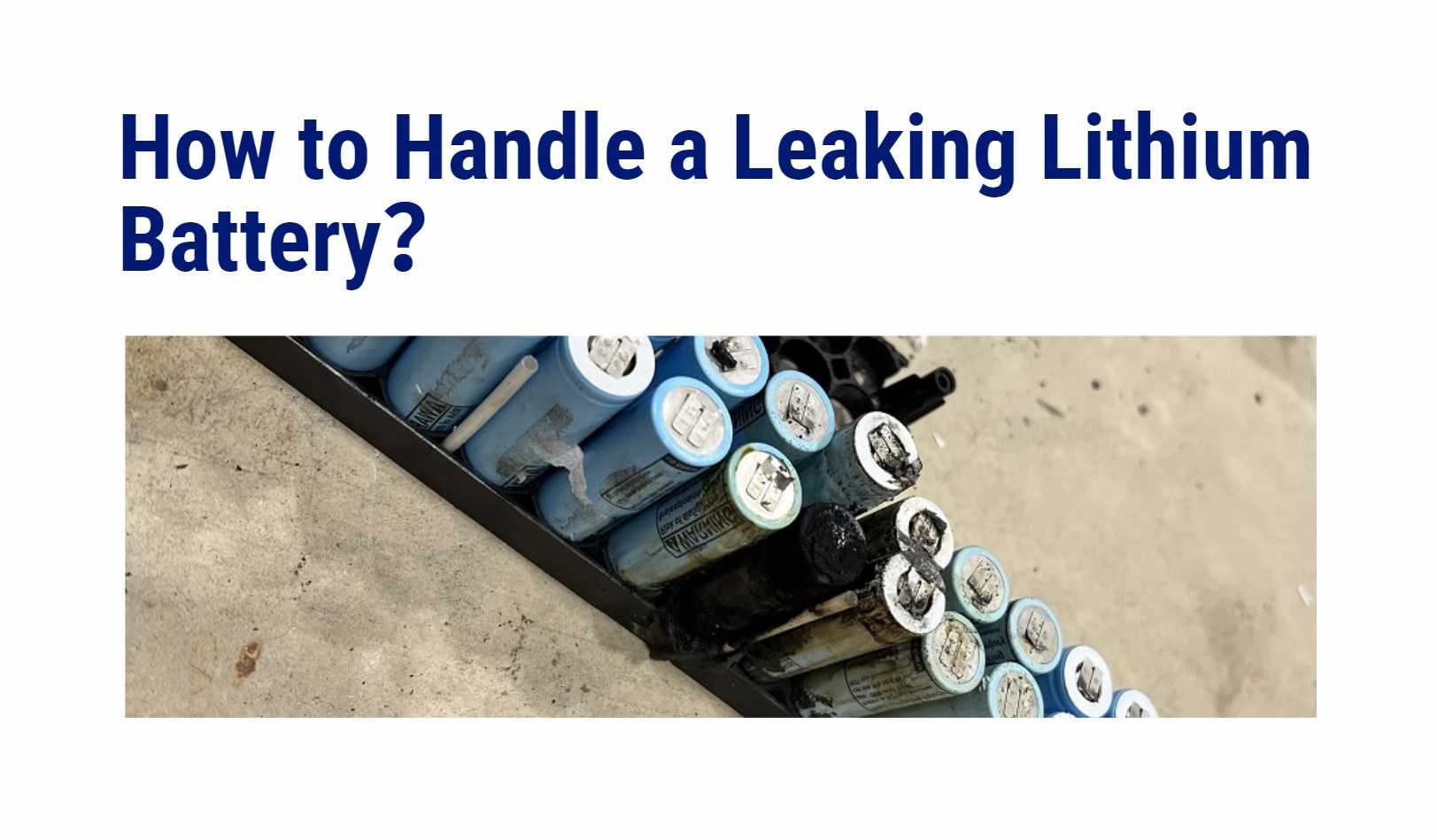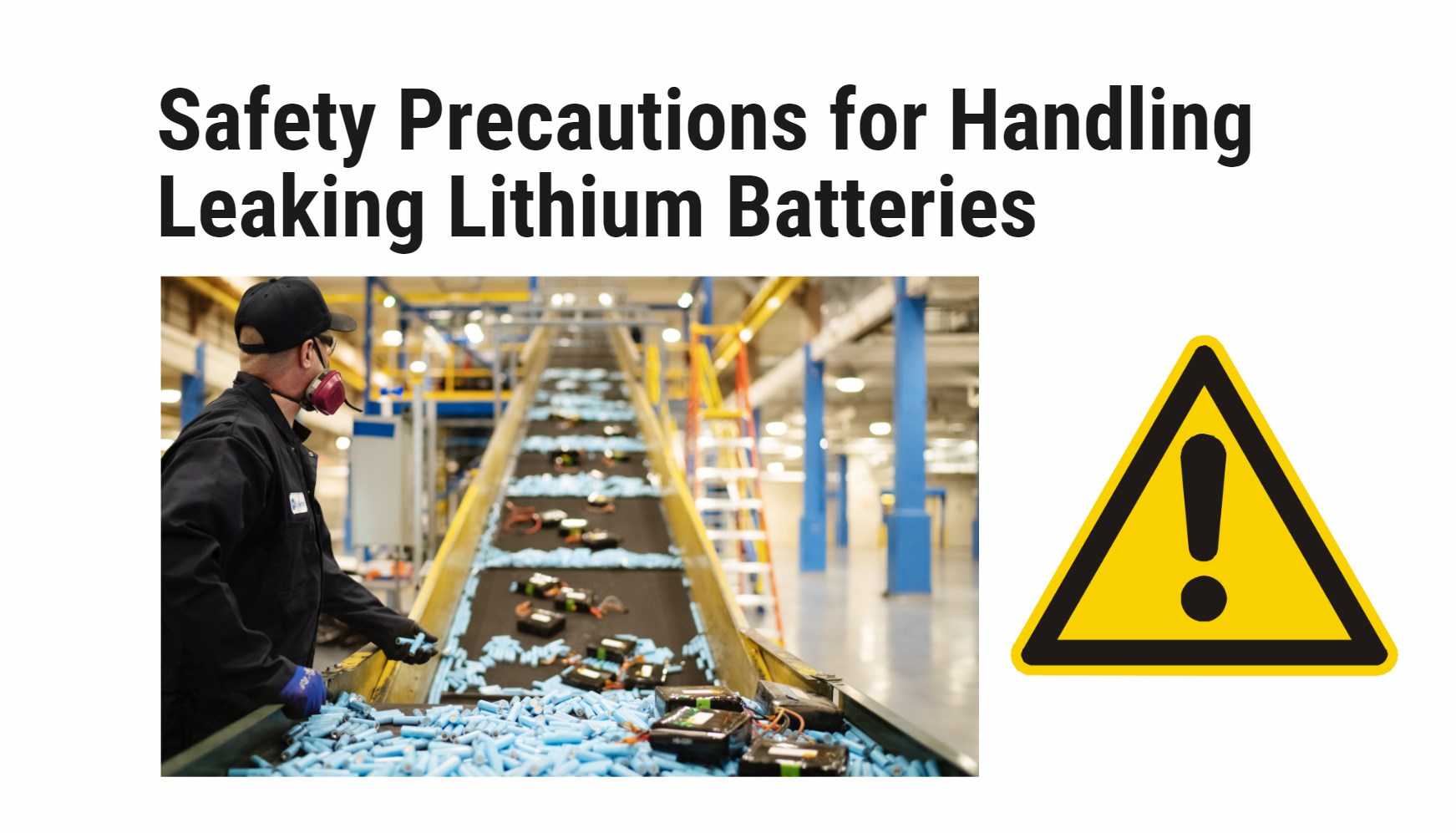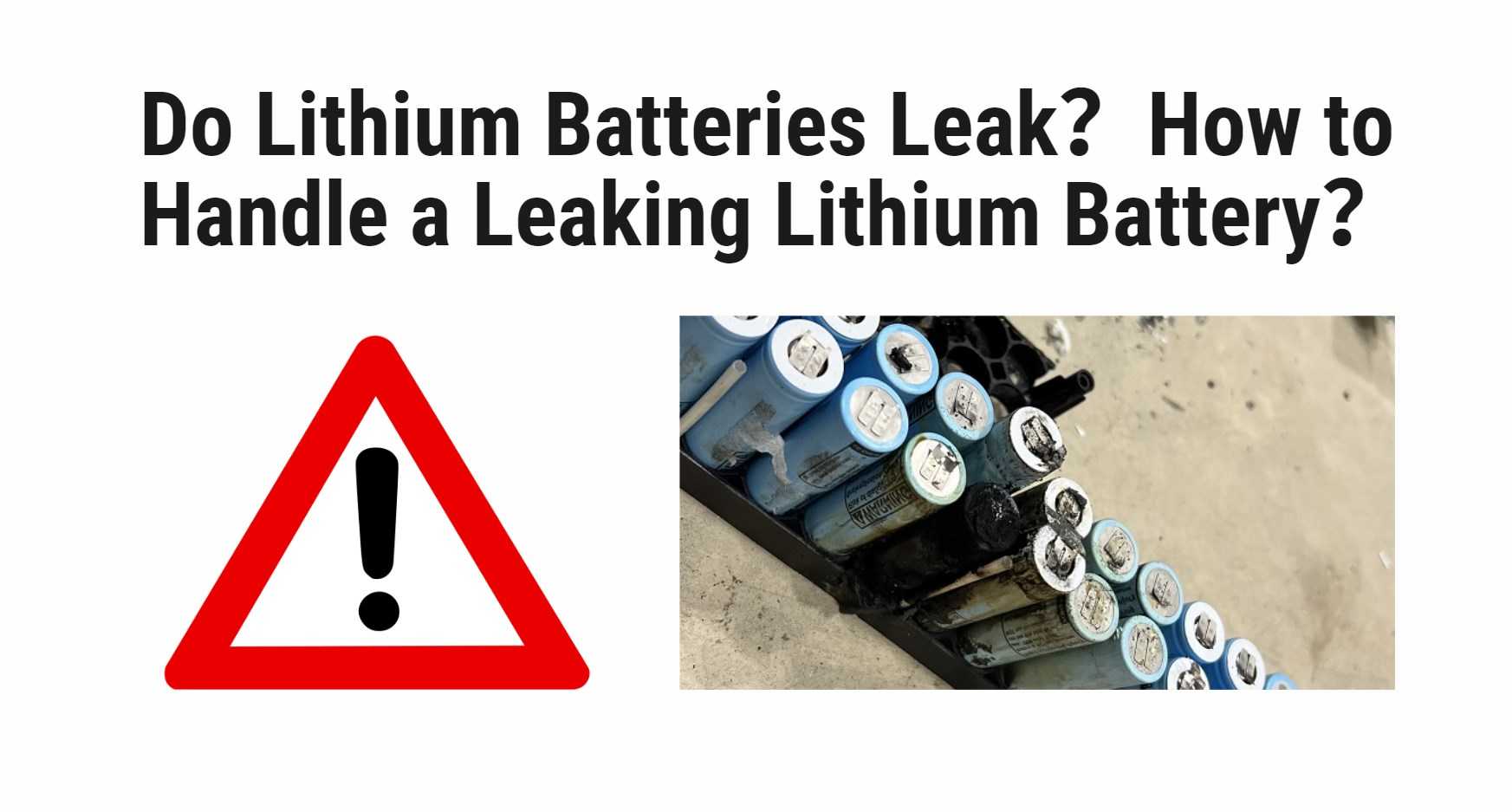How to Use 18650 Battery Pack Calculator?
The 18650 battery pack calculator is an indispensable tool for engineers, hobbyists, and anyone involved in designing and assembling battery packs. This calculator helps determine the optimal configuration of 18650 lithium-ion cells to achieve the desired voltage, capacity, and overall performance for various applications, from portable power banks to electric vehicles. Here, we provide an in-depth guide on using the 18650 battery pack calculator, offering detailed insights into different scenarios and configurations.
Understanding 18650 Battery Basics
What Are 18650 Batteries?
The 18650 battery is a rechargeable lithium-ion cell named for its dimensions: 18mm in diameter and 65mm in length. Known for their high energy density, stability, and longevity, 18650 batteries are widely used in various applications, including laptops, flashlights, electric vehicles, and power banks.
Key Specifications
- Voltage: Nominal voltage is typically 3.7V, with a full charge voltage of 4.2V.
- Capacity: Ranges from 1800mAh to 3500mAh per cell.
- Discharge Rate: Measured in C-rates, indicating the maximum safe continuous discharge current.
How to Use the 18650 Battery Pack Calculator
Scenario 1: Building a Portable Power Bank
Step-by-Step Process
- Determine Voltage and Capacity Requirements:
- Desired output voltage: 12V
- Desired capacity: 10,000mAh (10Ah)
- Calculate the Number of Cells:
- Voltage: 12V output requires a series configuration (4S) of 3.7V cells.
- Capacity: 10Ah capacity requires a parallel configuration (2P) of cells with 5Ah each.
- Configuration:
- Series (S): Increases voltage. For 12V, use 4 cells in series (4S).
- Parallel (P): Increases capacity. For 10Ah, use 2 parallel groups (2P).
- Final Configuration:
- 4S2P configuration: 8 cells total (4 series groups, each with 2 cells in parallel).
Scenario 2: Upgrading a Flashlight
Step-by-Step Process
- Determine Voltage and Capacity Requirements:
- Desired output voltage: 4.2V
- Desired capacity: 3000mAh (3Ah)
- Calculate the Number of Cells:
- Voltage: 4.2V output requires a single cell (1S).
- Capacity: 3Ah requires one 3000mAh cell.
- Final Configuration:
- Single 18650 cell: 1S1P configuration.
Scenario 3: Designing an Electric Vehicle Battery Pack
Step-by-Step Process
- Determine Voltage and Capacity Requirements:
- Desired output voltage: 48V
- Desired capacity: 10Ah
- Calculate the Number of Cells:
- Voltage: 48V output requires 13 cells in series (13S).
- Capacity: 10Ah requires 1 parallel group (1P) of 10Ah cells.
- Final Configuration:
- 13S1P configuration: 13 cells total (13 series groups).
Advanced Considerations
Battery Management System (BMS)
A Battery Management System is crucial for monitoring and managing the state of each cell, ensuring safety and optimal performance. A BMS provides overcharge, over-discharge, and short circuit protection.
Thermal Management
Proper thermal management is vital to prevent overheating, which can degrade battery life and performance. Use cooling solutions like heat sinks, thermal pads, or active cooling systems for larger battery packs.
Safety Precautions
- Cell Matching: Ensure all cells have similar capacities and internal resistances to avoid imbalance.
- Proper Enclosure: Use robust enclosures to protect the battery pack from physical damage and environmental factors.
Conclusion
Using the 18650 battery pack calculator, you can precisely determine the number and configuration of cells required for your specific application. Whether building a portable power bank, upgrading a flashlight, or designing an electric vehicle battery pack, this tool ensures optimal performance and safety. By understanding the underlying principles and following the detailed steps outlined in this guide, you can achieve the desired voltage and capacity with confidence.
For further assistance, advanced configurations, and high-quality battery solutions, consider consulting with battery experts or manufacturers to tailor the perfect battery pack for your needs.
“Discover the Power Storage Wall Series by Redway Power (B2B) – An Advanced Backup Power Solution for Homes, Offices, and Businesses. Equipped with the Latest BMS Technology, Our Power Storage Wall Ensures High Performance, Reliability, and Safety. Keep Your Power Supply Uninterrupted During Outages with the Power Storage Wall” – This statement highlights the advanced features and benefits of the Power Storage Wall series by Redway Power. The product is designed to offer reliable and uninterrupted power supply during outages, making it an ideal solution for homes, offices, and businesses. The use of the latest BMS technology ensures high performance, reliability, and safety, offering customers peace of mind.


